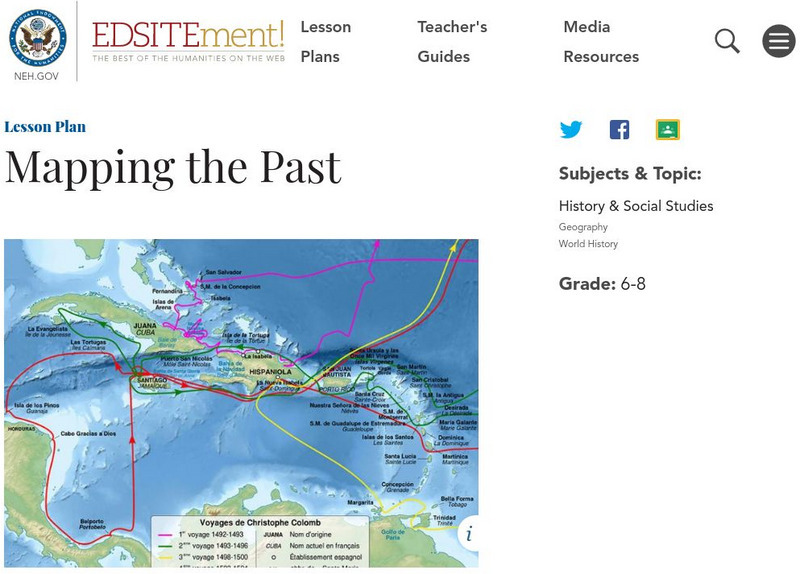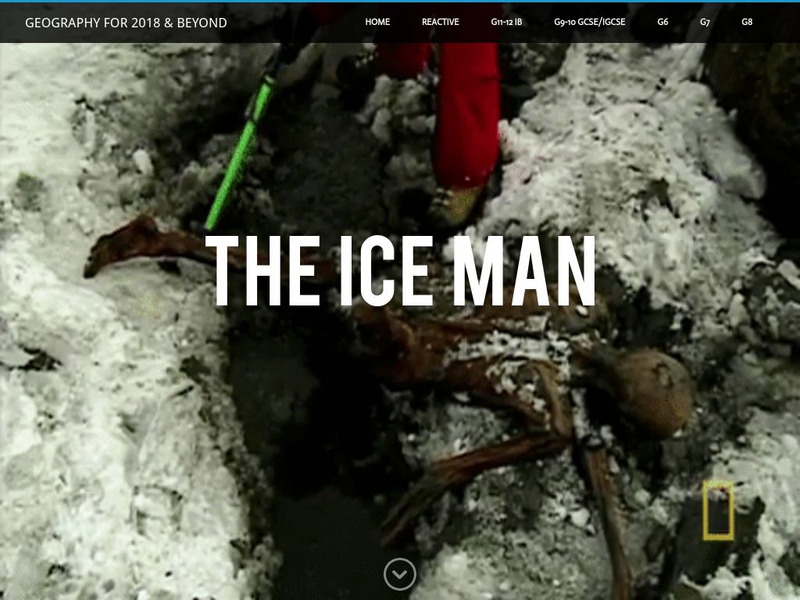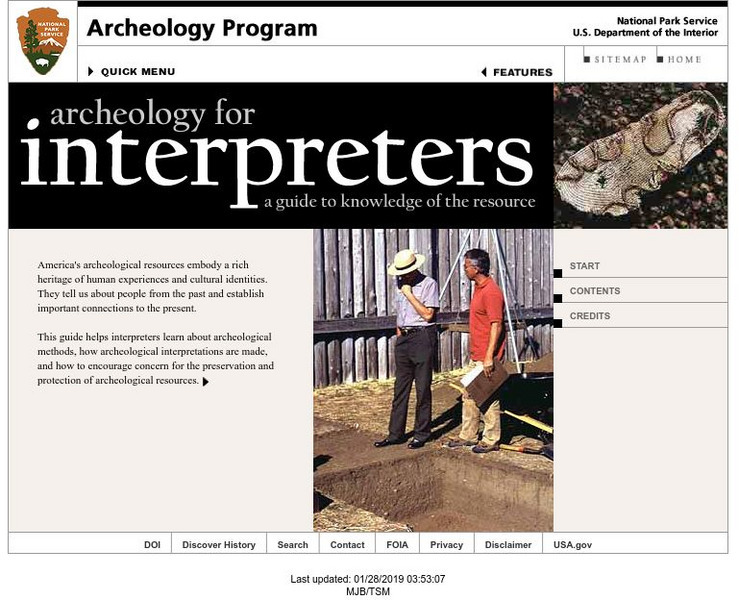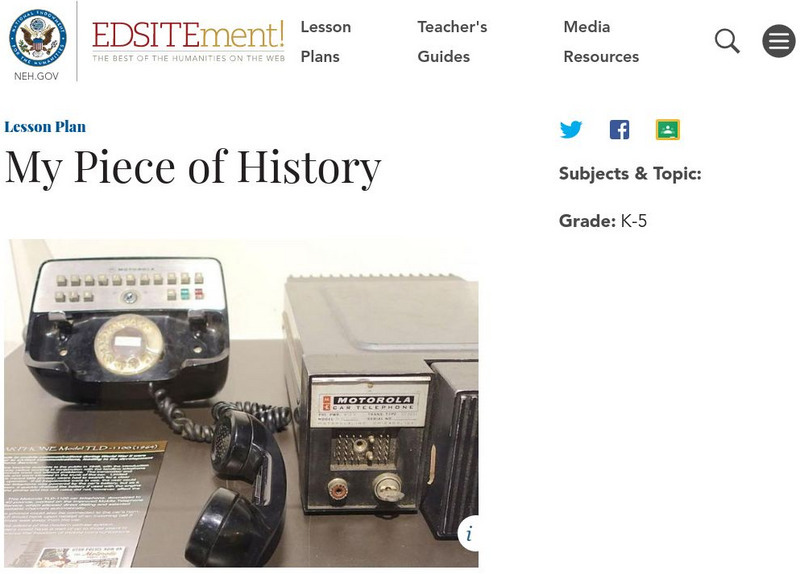Curated OER
Glass and Soil
In this forensic science lesson, learners sketch bullet line fractures and complete 16 short answer questions on glass and soil evidence.
Curated OER
Physical Evidence
In this forensics worksheet, students complete 14 short answer questions related to physical evidence. They explain how certain types of evidence are handled upon recovery from the crime scene.
Curated OER
Hair Test
In this forensic science worksheet, students write an open response to 2 questions about a picture of hair evidence collected from the crime scene.
Curated OER
Hair Test
For this forensic science worksheet, students write an open response to 3 questions posed about hair evidence in the crime scene. They explain where and why the samples are most likely found.
National Endowment for the Humanities
Neh: Edsit Ement: Mapping the Past
This lesson plan requires the students to examine past maps from various cultures in order to learn how the people from that time period interacted and understood their world.
Georgia Department of Education
Ga Virtual Learning: Forensic Properties of Glass and Soil Evidence
In this comprehensive interactive tutorial you will investigate the area of forensic science and how the various types of evidence differ. Learn what types of crimes involve glass and soil and what ways these types of evidence are...
Annenberg Foundation
Annenberg Learner: Collapse: Why Do Civilizations Fall?
Why did great civilizations fall? War, disease, overpopulation or natural disasters? Interactive content and activities allow you, by sifting through archaeological evidence, to investigate the collapse of the Mayan civilization, the...
National Geographic
National Geographic: Geographic Groceries
This site provides activities and lesson plans for all age levels on mapping.
Geographypods
Geographypods: Otzi the Iceman
Using Alan Parkinson's book , 'The Ice Man', students will use a multitude of tasks to try to discover who, where, and when Otzi, the Ice Man was found.
Colonial Williamsburg Foundation
Discovering the Past/ an Introduction to Archaeology
This is a good, solid, but concise introduction to what archaeology is, how a site is set up, what one uses artifacts for, and how to approach a site. It is written for the teacher's newsletter from Colonial Williamsburg.
Other
The Cave of Chauvet Pont D' Arc
The only way to see the prehistoric cave paintings at Chauvet-Pont-D' Arc, France is to take the virtual tour offered here. Learn about the discovery of the caves and the archaeological evidence found that allows great insight into the...
BBC
Bbc History: Archaeology: Hunt the Ancestors
Role-playing game lets players explore many facets of archaeology by attempting to rescue a prehistoric burial site from destruction. Players quarry and analyze artifacts and are constrained by both time and budget. Archived.
Curated OER
National Park Service: Archaeology for Interpreters
The National Park Service provides a guide for new interpreters--that can also be readily understood by students--to learn archeological methods, how archeological interpretations are made, and how to encourage concern for the...
National Endowment for the Humanities
Neh: Edsit Ement: Traces: Historic Archaeology
Excellent lesson plans that challenge learners to consider every day uses for artifacts. Site provides an analysis worksheet that will help students consider the importance of artifacts in understanding historical people. Links to sites...
National Endowment for the Humanities
Neh: Edsit Ement: My Piece of History
These social study lesson plans guide students into understanding the historical significance of objects from the past.
















